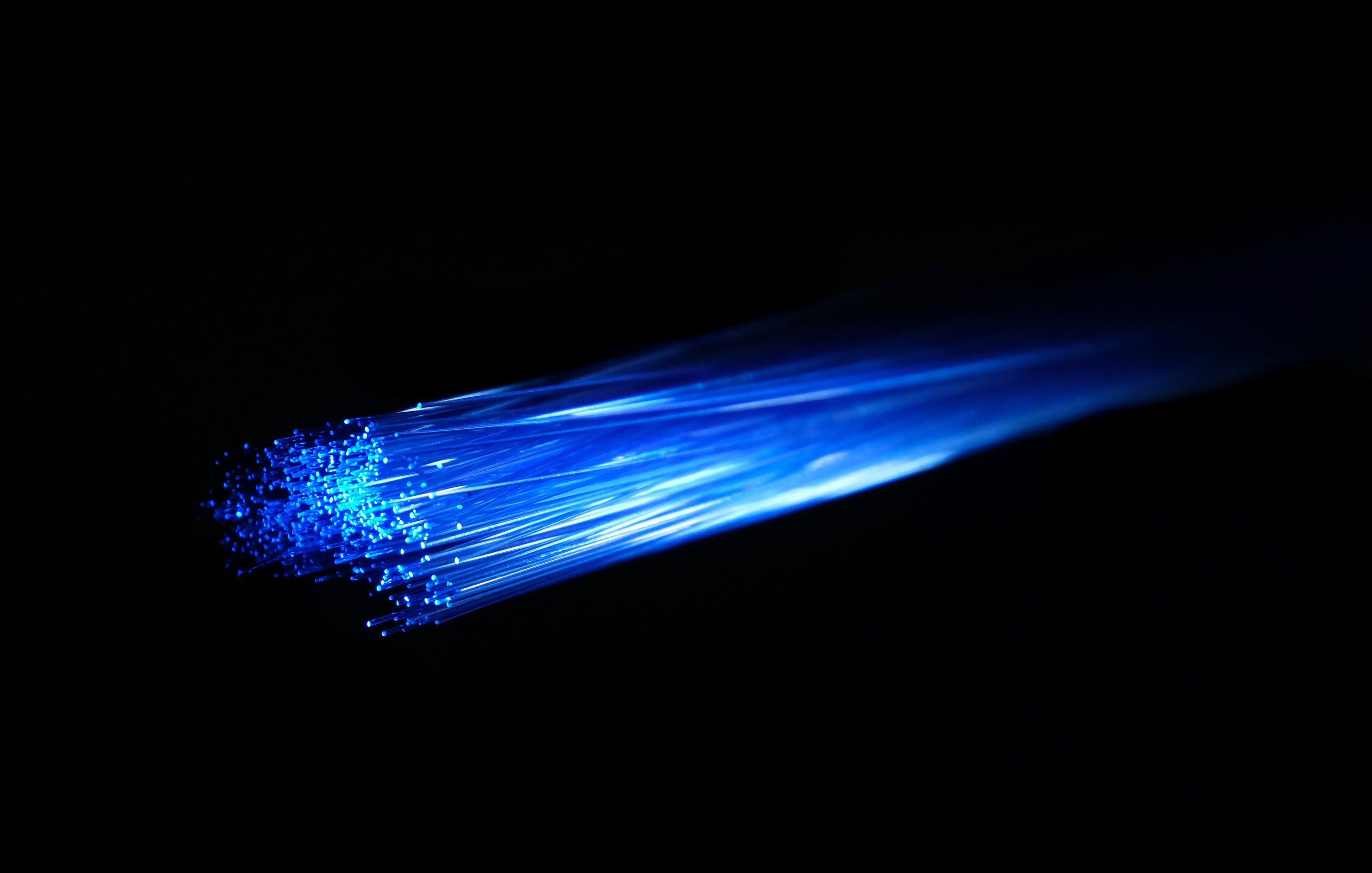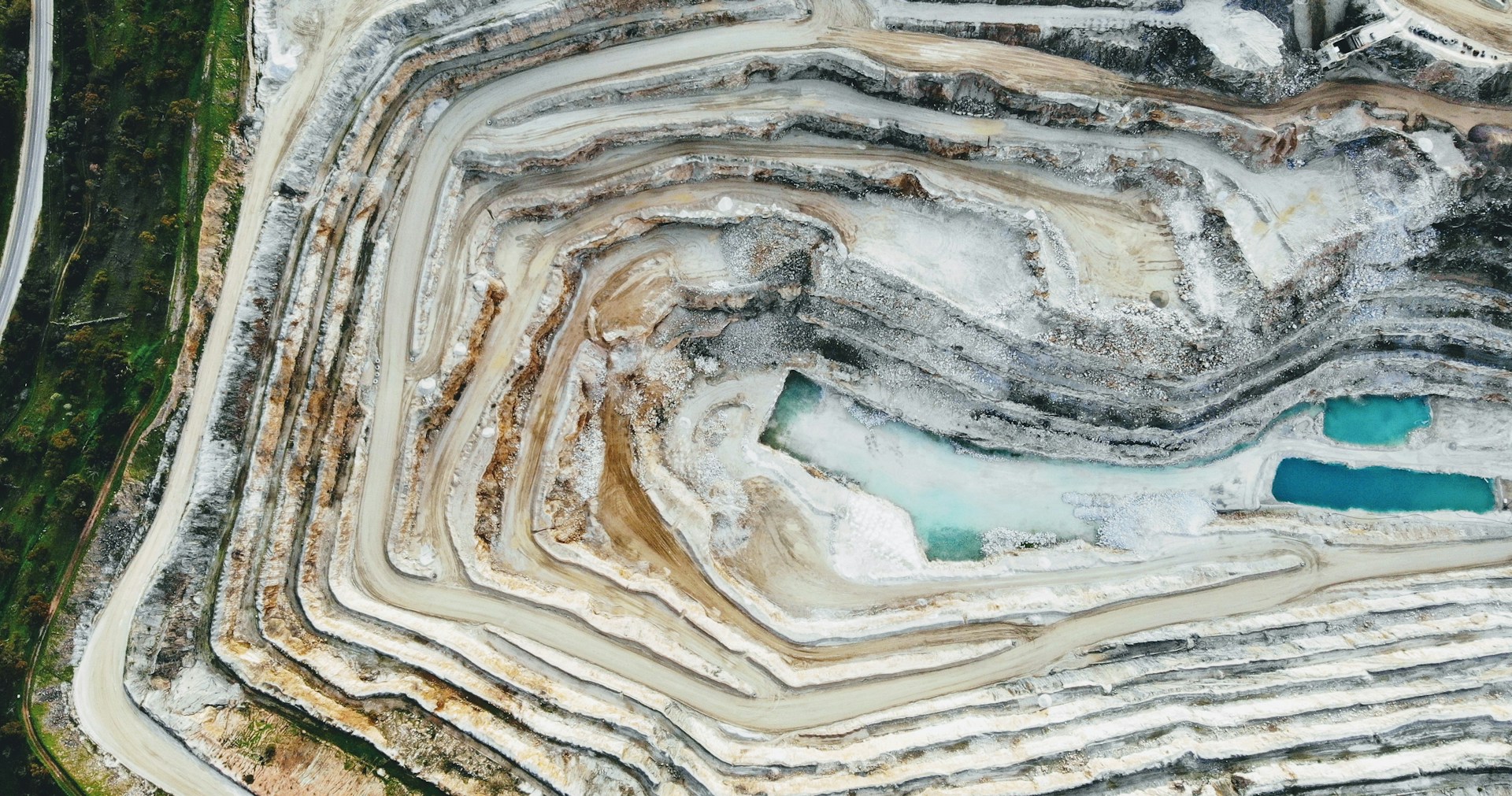My Expertise

I am a seismologist, focussed on applying novel technologies to shed light on Earth systems that are particularly pertinent for society. I'm currently particularly excited about harnessing the potential of fibreoptic sensing and seismic nodes to study glacier processes and new ways of exploring for critical minerals.
Work Experience
| 2024 - present | Department of Earth and Planetary Sciences, ETH Zurich, Switzerland Senior Scientist (Oberassistent) and Lecturer | |
| 2022 - 2024 | Department of Earth Sciences, University of Oxford, UK Leverhulme Early Career Fellow | |
| 2023 - 2024 | St Cross College, Oxford, UK Junior Research Fellow | |
| 2022 - 2023 | Exeter College, Oxford, UK Stipendiary Lecturer | |
| 2020 - 2022 | Department of Earth Sciences, University of Oxford, UK Postdoctoral Research Associate | |
| 2019 - 2020 | Metrol Technology Ltd Research Scientist |
Education
| 2015 - 2019 | University of Cambridge and British Antarctic Survey, UK PhD in Earth Sciences (seismology) | |
| 2012 - 2015 | University of Durham, UK Master of Physics (MPhys) | |
| 2010 - 2012 | University of Bath, UK Mechanical Engineering |



